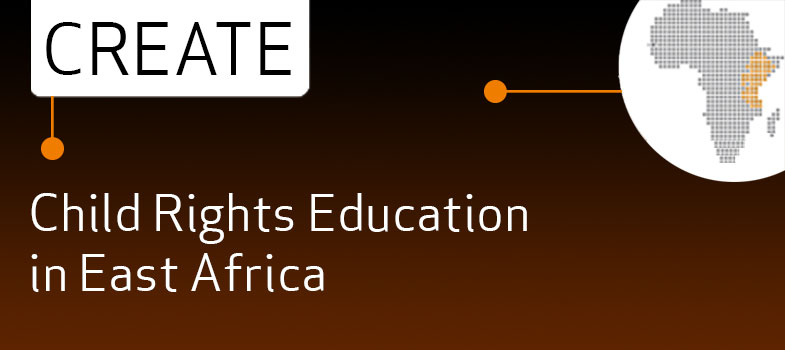2.12 Summary
- Child development consists of a range of different types of development – all are important and interlinked.
- Every child should have the opportunity for the fullest possible cognitive, social, emotional and physical development. This requires that the needs of children are supported and fulfilled, both in terms of their well-being at the present time and in terms of their future potential.
- Children go through stages of development that take place at roughly similar ages. It is important to understand these levels of development in order both to identify if the child is experiencing problems or not developing appropriately. Understanding these stages also helps adults to respond appropriately to children at given ages.
- Development is not a given. Many factors can contribute to or impede the extent to which children are able to develop to their optimum potential, for example:
- physical, psychological, social, economic, environmental and cultural factors, as well as the family, peers, community, society, and government
- children’s own individual capacities, context and culture, and their active involvement in decisions affecting their lives.
- One of the challenges for parents and caregivers is to balance the child’s right to take growing responsibilities for decisions affecting them as they develop with their continuing right for protection from harm. Over-protection of children denies them the opportunity to begin to understand risk and how to make safe choices. On the other hand, under-protection can expose children to dangers that they are not fully aware of or sufficiently experienced to handle.
Back to previous pagePrevious
2.11 Balancing participation and protection
